This first working week of January is apparently the time when we’re most likely to think about a change of career; and last Friday was the 30th anniversary of the launch of the FTSE100 index of leading companies listed on the London Stock Exchange. The combination of those two diary items made me wonder what choice I would make if the job genie swooshed out of the pantomime lamp and told me I could re-invent myself as chief executive of a FTSE100 company.
Given recovering consumer confidence — and everything to play for in the ‘bricks and clicks’ treasure hunt for the best mix of online and physical offerings — it might be fun to run a big retailer, and even more stimulating to take charge of an underperformer such as Marks & Spencer or Tesco rather than a current favourite such as Next. But would I rather be M&S boss Marc Bolland, staring at a set of ‘Christmas sales disaster’ headlines, or Tesco’s Philip Clarke, knocked back by failure in the US and struggling to live up to the expansive record of his predecessor Terry Leahy?
Both companies are among the elite 19 that have never dropped out of the FTSE100 these past three decades, which says something for their enduring appeal to investors. But the choice between them is easy enough: genie, let me loose on M&S, where whatever mistakes I may make (like those of successive bosses since the era of Sir Rick Greenbury in the 1990s) will be offset by continuing public affection for the brand and belief in the quality, if not the fashion appeal, of its products — so trusted that it still supplies a third of all our underwear.
Tesco, by contrast, strikes me as a business-school case study of a brand that has lost all positive emotional connection to its customers. Too big, too dull, too dominant, squeezed between sophisticated Waitrose, steady Sainsbury’s and fashionable value-for-money Lidl and Aldi, Tesco is loved by no one these days. Worse than that, it is actually hated by many for its brutal impact on townscapes and small shops: look at the Tescopoly website, which tracks campaigns against more than 500 new store proposals. A new M&S food outlet is usually welcomed, especially by travellers; a new Tesco Express provokes town meetings and hostile petitions.
With 30 per cent of the UK grocery market (47 per cent of the online portion) Philip Clarke has everything to lose, and we’re told that he’s relying on digital gimmicks to combat fading consumer loyalty this year. Look forward ten years and I predict Tesco will be a has-been; M&S (even with me in charge) will still be big in Y-fronts and sandwiches.
Under the bonnet
Scouring the New Year horizon for significant corporate news, my eye falls on a deal that none of us would have predicted a decade ago — and the unlikely executive behind it. This is the acquisition by Fiat of Italy of the 41.5 per cent of Chrysler it did not already own. As a fading giant of the US auto industry, Chrysler has been buffeted by the winds of globalisation ever since cheap Japanese imports first threatened its survival in the late 1970s. It was rescued then by the xenophobic Lee Iacocca — a chest-thumping self-publicist who became such a public hero that many Americans wanted him to run for president — but struggled again in the 1990s and ended up in an unhappy merger with Daimler of Germany.
Soon after that was unwound came the slump of 2008, in which both Chrysler and General Motors were bailed out by Barack Obama with huge loans, to save more than two million American jobs. In the reconstruction that followed, Fiat gradually became Chrysler’s majority shareholder, on remarkably easy terms facilitated by the federal government at large expense to the US taxpayer.
All this counts as a triumph for the combined group’s Italian-Canadian chief executive Sergio Marchionne, a bespectacled lawyer-cum-accountant who has emerged blinking onto the auto-industry podium as the successor to both Lee Iacocca and the late prince of Fiat, Gianni Agnelli. Marchionne was running an obscure Swiss company that provided ‘inspection services’ until he was recruited to revive the then loss-making Fiat in 2004. Now he sees Fiat-Chrysler competing on a global scale with Toyota and Volkswagen. Famed for a demanding management style combined with a preference for casual knitwear over business suits, he has been described as ‘predominantly a numbers man, a highly professional juggler of assets and opportunities… a specialist in legal loopholes and government subsidies [and] a total pragmatist’ — qualities which evidently matter more for success in today’s cat’s cradle of shifting automotive alliances than technical mastery of what’s under the bonnet. Signor Marchionne is my first business leader to watch for 2014.
Man of letters
Jim O’Neill, the Mancunian former chief economist of Goldman Sachs in London, commands attention whenever he speaks and has a claim to fame as the coiner in 2001 of the acronym ‘Bric’ for the four rapidly developing countries — Brazil, Russia, India, China — to which economic power looked set to shift during the early part of the new century. Undeterred by the hindsight view that he should have gone for ‘Bic’, like the throwaway razor, because Russia has lagged so dismally behind the others on almost every measure of progress, O’Neill has now come up with ‘Mint’, for Mexico, Indonesia, Nigeria and Turkey, as the next cohort of economic giants. This might have been ‘Mist’ — South Korea was another contender — but the producers of his current Radio 4 series evidently thought Nigeria sounded sexier. And O’Neill may be last year’s guru in the sense that the think-tank talk these days is all about high-growth mega-cities, rather than countries, as future focal points of prosperity: see, for example, McKinsey Global Institute’s ‘Urban World’ reports.
With 600 booming conurbations to choose from, at least 100 of them in China, any catchy acronym is possible. So far I’m favouring Bangalore, Atlanta, Lagos, Lima, Shenzhen.
Got something to add? Join the discussion and comment below.
Get 10 issues for just $10
Subscribe to The Spectator Australia today for the next 10 magazine issues, plus full online access, for just $10.
You might disagree with half of it, but you’ll enjoy reading all of it. Try your first month for free, then just $2 a week for the remainder of your first year.




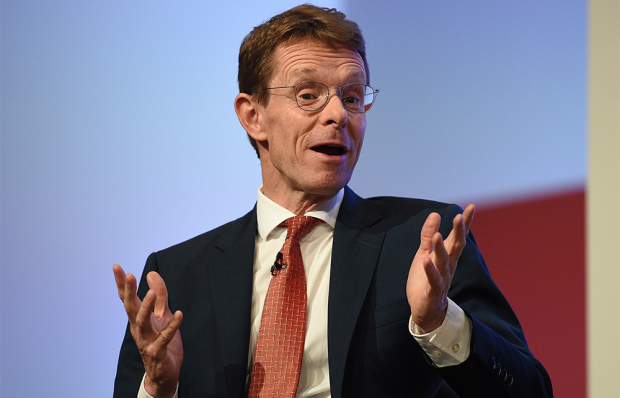
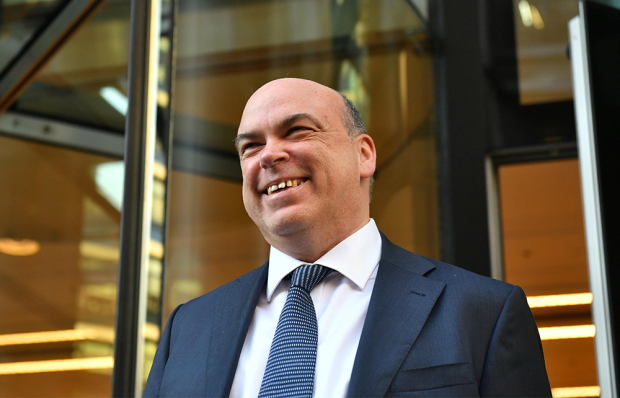
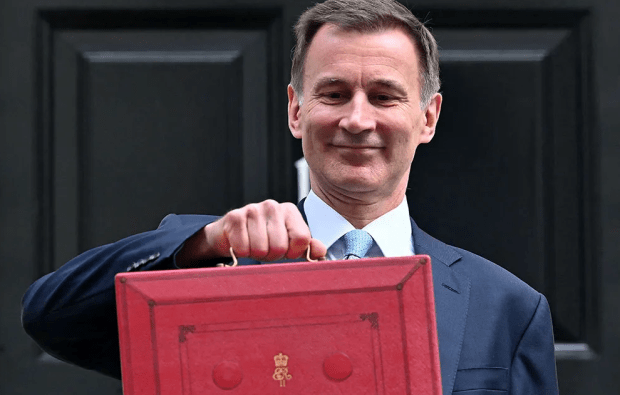
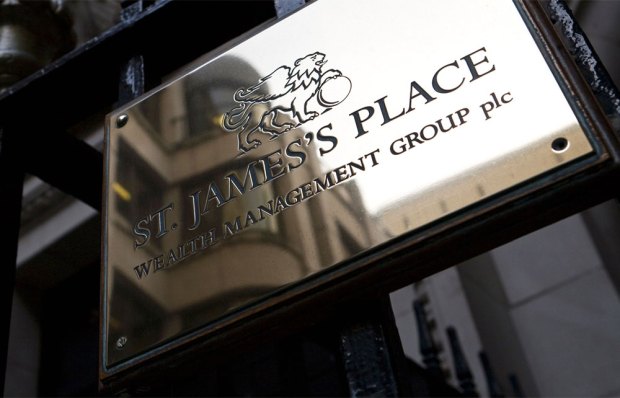
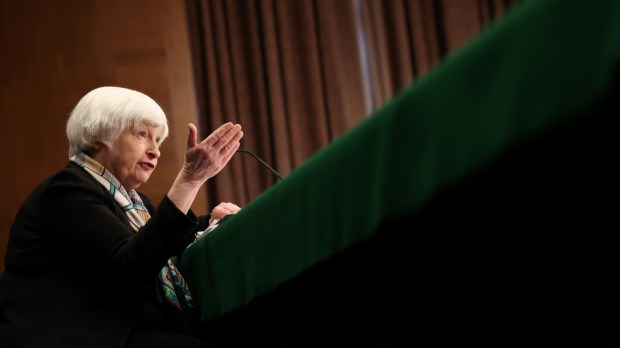






Comments
Don't miss out
Join the conversation with other Spectator Australia readers. Subscribe to leave a comment.
SUBSCRIBEAlready a subscriber? Log in